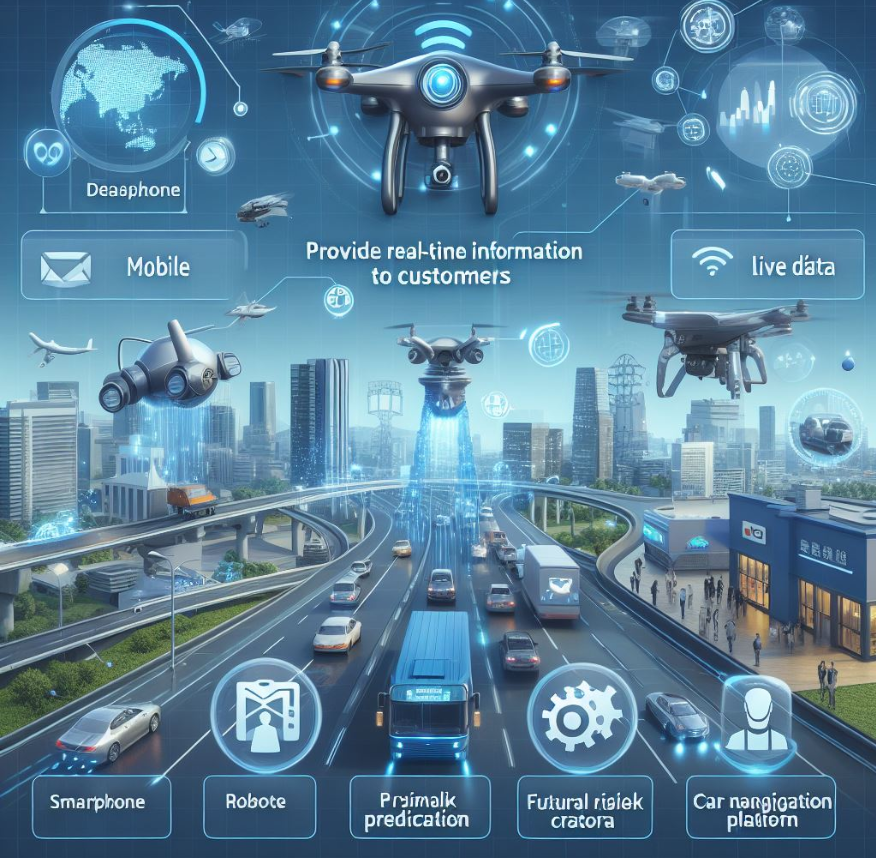First, how much is the emergency disaster budget in Japan?


Let’s look at the results of a disaster prevention awareness and actual situation survey conducted by JA Zenkyoren to see what disaster prevention measures have been taken so far. In the survey, 85.8% of people answered that they have taken some kind of measure. Looking at the contents of the measures taken, the most common was “checking hazard maps,” with 39.6% of people answering that they have done so. This was followed by “stockpiling emergency drinking water” (35.8%), “stockpiling emergency food” (35.2%), “stockpiling daily necessities” (33.6%), “evacuation drills at school” (28.5%), and “non-slip furniture” (28.5%).
According to the results of a survey by Yano Research Institute, the market size of disaster prevention food as a disaster prevention measure was 15.94 billion yen in fiscal 2017. It has continued to grow steadily since then, exceeding 20 billion yen in fiscal 2019 to 23.19 billion yen. It will exceed 30 billion yen in fiscal 2021 to 31.28 billion yen. It can be seen that it has almost doubled in five years. Market growth is expected to slow to 31.91 billion yen in 2026. According to the survey results, the market is expected to reach 105 billion yen in 2021. It is then expected to continue to grow steadily, reaching 153.3 billion yen in 2027. This is an average annual growth rate of 6.5%.

Safety Management Systems, Safety Management Systems, Safety Management Systems, Safety Management Systems By Type (Territorial Spatial Solutions, Disaster Recovery Solutions, Situational Awareness Solutions); By Technology (First Responder Tools, Satellite Phones, Emergency Response Radar, Vehicle Response Gateways, Others); By End Use (BFSI, Energy & Utilities, Air Transportation, Transportation, IT, Transportation, Transportation, Transportation, etc.) – 2021-2030: Global Disaster Management Systems Market Size by Region: 146.10 in 2020, 2021-2030, at a Compound Annual Growth Rate (CAGR) of 7.4%, Global Disaster Management Systems Market Size by Region: 298.1 in 2030, 2021-2030, 2030-2030.

Global efforts
Paris Agreement: The Paris Agreement, adopted in 2015, seeks to limit the rise in global average temperature to less than 2 degrees Celsius compared to pre-industrial levels, with efforts to limit it to 1.5 degrees Celsius.
Carbon neutrality declaration: Many countries aim to achieve carbon neutrality (effectively zero CO2 emissions) by 2050. For example, the EU aims to reduce emissions by 55% by 2030 compared to 1990 levels.
Promotion of renewable energy: Each country is expanding the use of renewable energy and moving away from fossil fuels. For example, Germany is increasing the proportion of renewable energy and promoting the elimination of coal-fired power plants.
Japan’s efforts
2030 target: Japan aims to reduce greenhouse gas emissions by 46% by 2030 compared to 2013.
2050 carbon neutrality: Japan aims to achieve carbon neutrality by 2050.
Introduction of renewable energy: We are promoting the introduction of renewable energy sources such as solar and wind power, and working to improve energy efficiency.
Development of energy-saving technologies: We are promoting the development and dissemination of energy-saving technologies to reduce energy consumption in the industrial and residential sectors.














